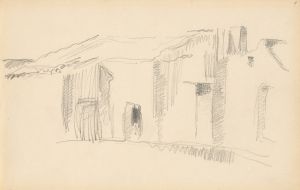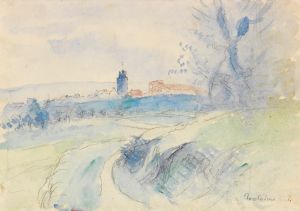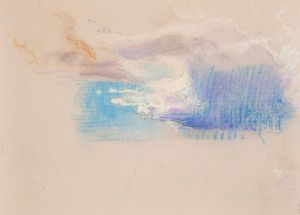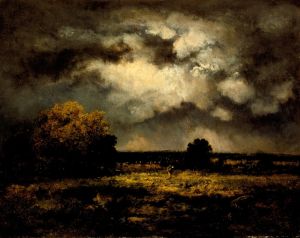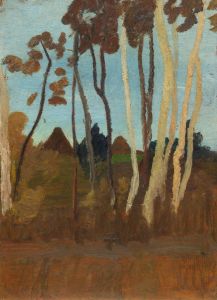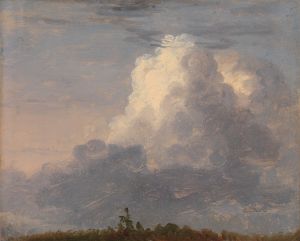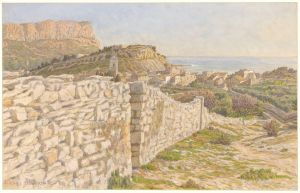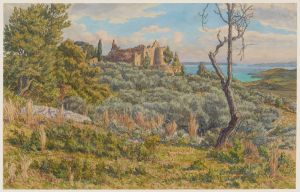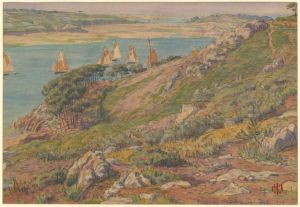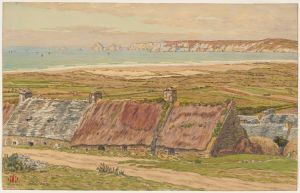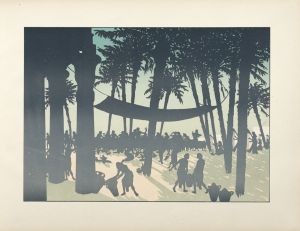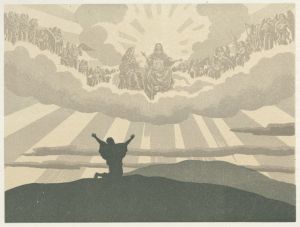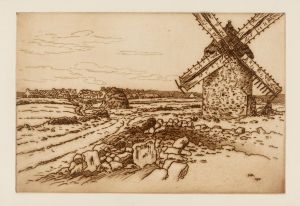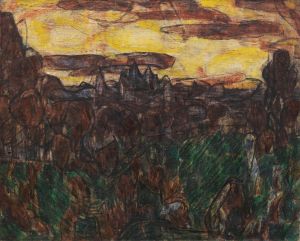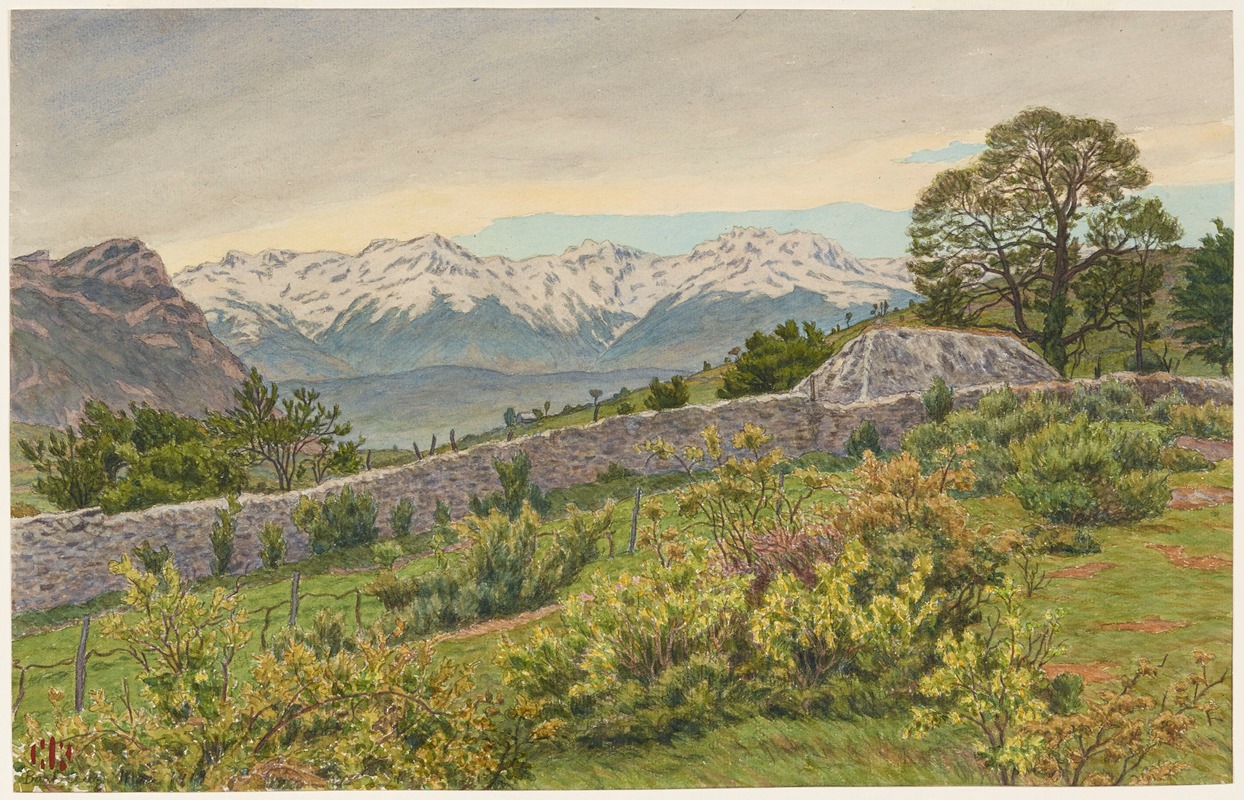
Matin gris sur les Alpes
A hand-painted replica of Henri Rivière’s masterpiece Matin gris sur les Alpes, meticulously crafted by professional artists to capture the true essence of the original. Each piece is created with museum-quality canvas and rare mineral pigments, carefully painted by experienced artists with delicate brushstrokes and rich, layered colors to perfectly recreate the texture of the original artwork. Unlike machine-printed reproductions, this hand-painted version brings the painting to life, infused with the artist’s emotions and skill in every stroke. Whether for personal collection or home decoration, it instantly elevates the artistic atmosphere of any space.
Henri Rivière (1864-1951) was a French artist known for his contributions to the fields of printmaking and illustration. He is particularly celebrated for his innovative use of color and his ability to capture the essence of landscapes and urban scenes. One of his notable works is "Matin gris sur les Alpes" (Gray Morning on the Alps), which exemplifies his skill in depicting natural scenery with a unique atmospheric quality.
"Matin gris sur les Alpes" is a color lithograph that showcases Rivière's mastery of the medium. Lithography, a printmaking technique that involves drawing on a flat stone or metal plate with a greasy substance, allows for the creation of multiple copies of an image. Rivière was particularly adept at using this technique to produce works with subtle gradations of color and tone, which is evident in this piece.
The artwork captures a serene and misty morning in the Alps, characterized by muted tones and a soft, diffused light. The gray hues dominate the composition, creating a tranquil and contemplative mood. The mountains are depicted with delicate lines and gentle shading, emphasizing their majestic yet serene presence. The use of gray not only conveys the early morning atmosphere but also highlights Rivière's ability to evoke a sense of calm and stillness in his landscapes.
Rivière's interest in Japanese art, particularly ukiyo-e woodblock prints, is evident in "Matin gris sur les Alpes." The influence of Japanese aesthetics can be seen in his use of flat areas of color, simplified forms, and an emphasis on the overall composition rather than intricate details. This approach allows the viewer to appreciate the harmonious balance and subtle beauty of the scene.
Henri Rivière was part of the artistic movement known as the Nabis, a group of avant-garde artists in late 19th-century France who sought to break away from traditional academic art and explore new forms of expression. The Nabis were influenced by Symbolism and Post-Impressionism, and they often incorporated elements of mysticism and spirituality into their work. Rivière's "Matin gris sur les Alpes" reflects these influences through its ethereal quality and the sense of quiet introspection it evokes.
Throughout his career, Rivière produced a significant body of work that includes not only lithographs but also watercolors, etchings, and illustrations. He is perhaps best known for his series "Les Trente-six Vues de la Tour Eiffel" (The Thirty-six Views of the Eiffel Tower), which was inspired by Katsushika Hokusai's famous series "Thirty-six Views of Mount Fuji." This series further demonstrates Rivière's fascination with Japanese art and his ability to reinterpret it within a European context.
"Matin gris sur les Alpes" remains a testament to Henri Rivière's talent and his ability to capture the subtle beauty of the natural world. His work continues to be appreciated for its innovative use of color and composition, as well as its ability to convey a sense of peace and contemplation. Rivière's contributions to the art world have left a lasting legacy, and his works are held in high regard by collectors and art enthusiasts alike.





